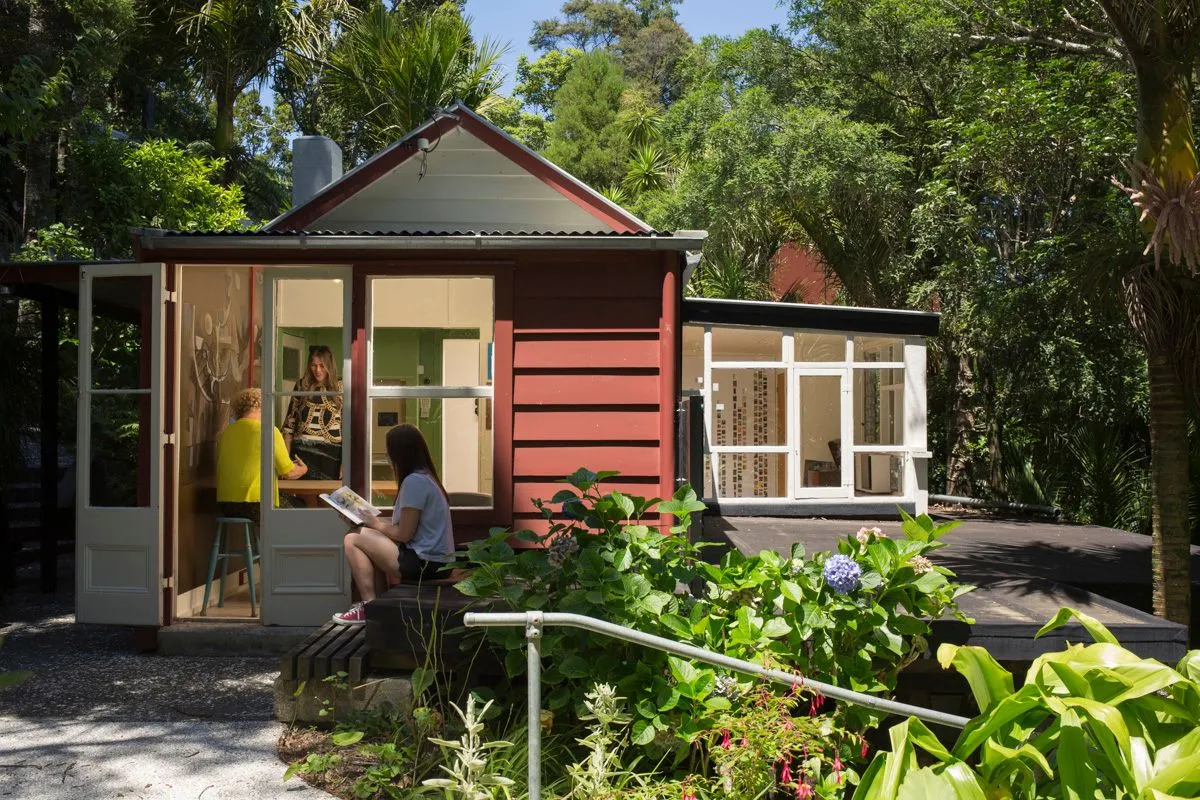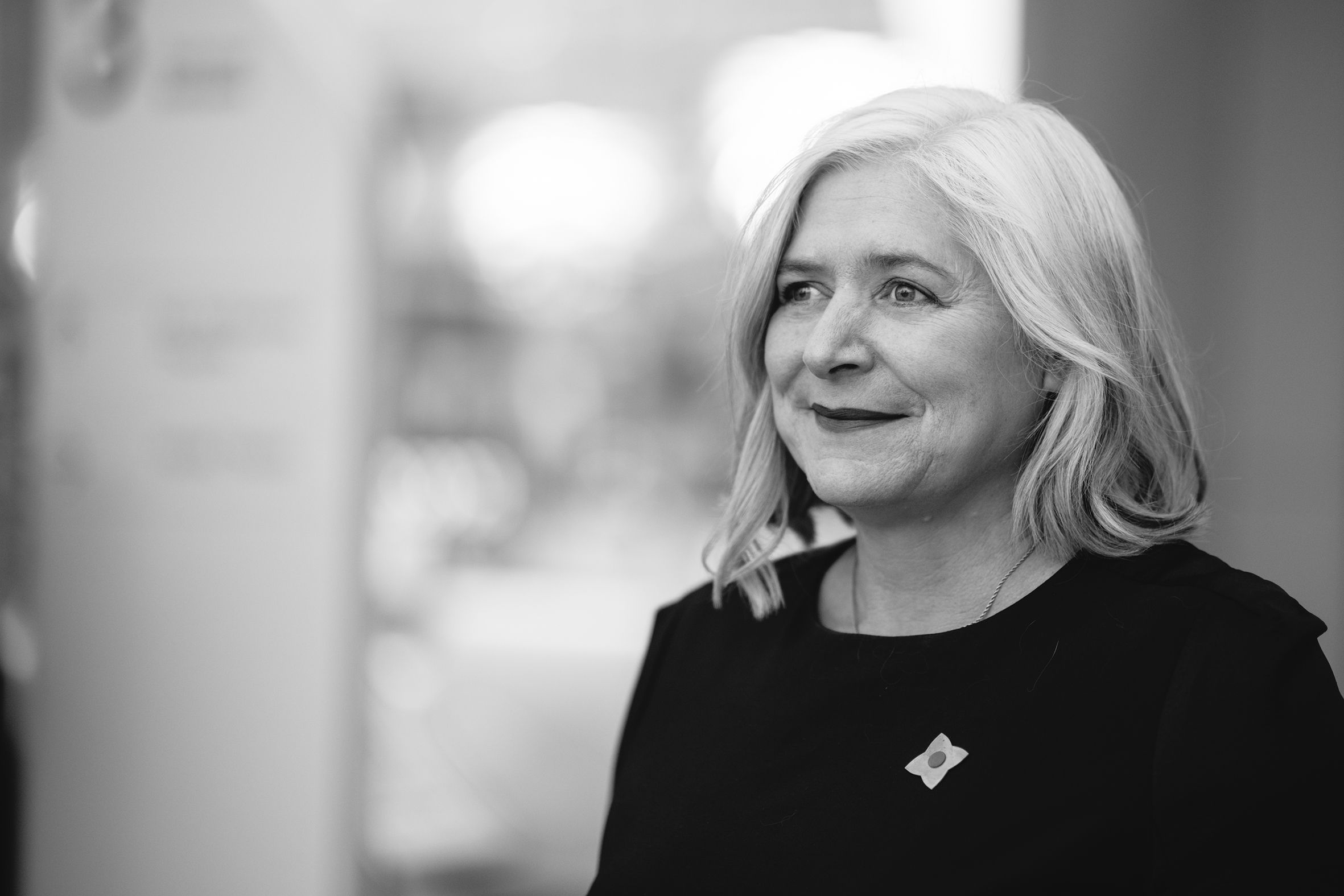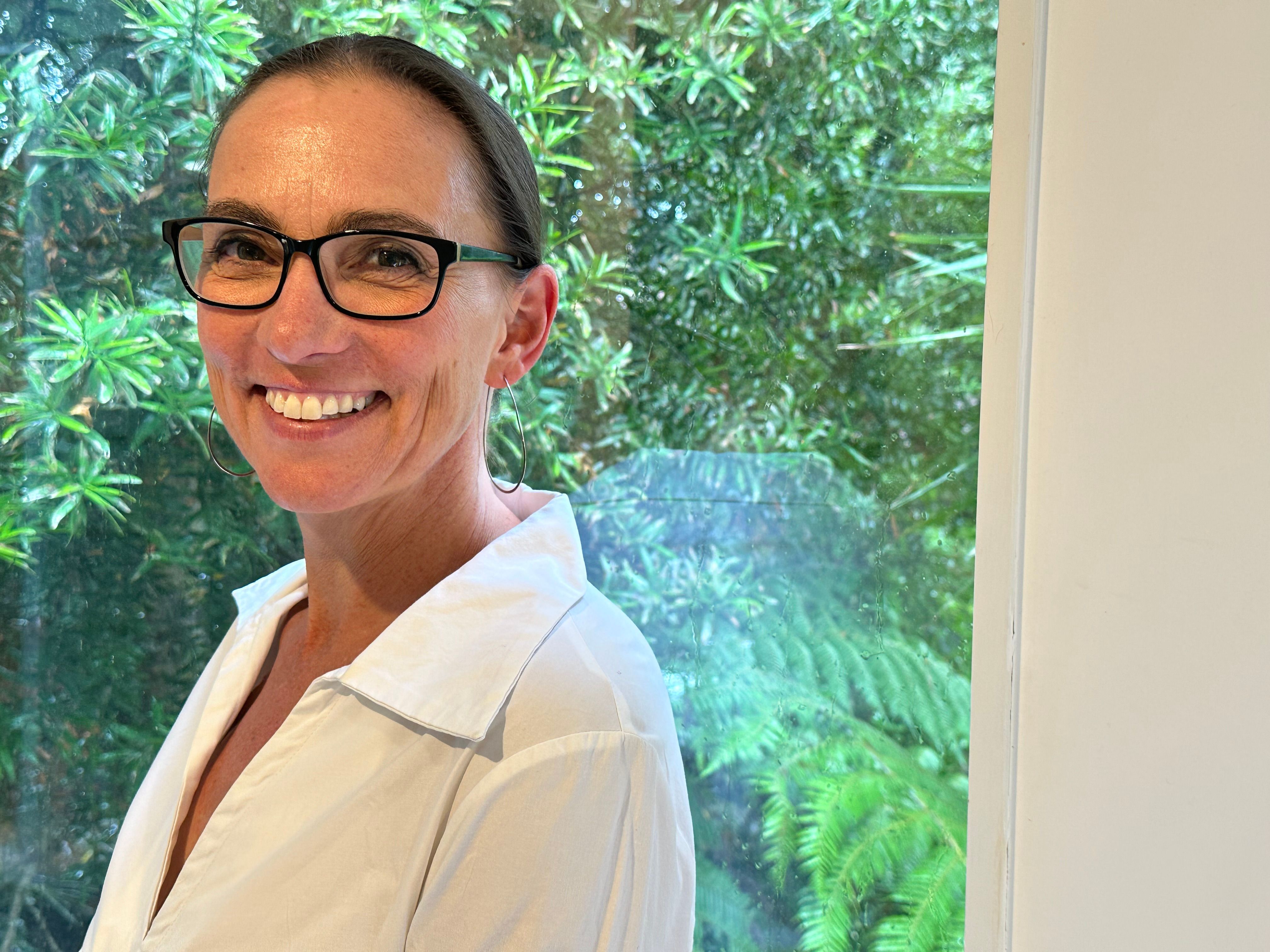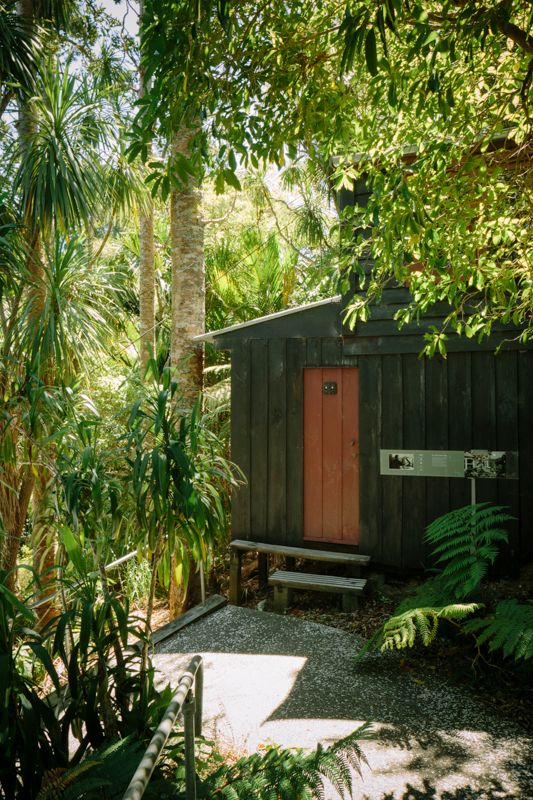Bouncing Back From Funding Loss
After losing its place on the Creative NZ funding ladder, the McCahon House Trust explains how it recovered and opened new doors overseas for NZ artists.

Death by a thousand cuts has been a sadly popular cliche in the past few years in the creative sector.
From young, hungry practitioners and groups through to established and entrenched organisations - the loss of funding has been brutal and sometimes too much to come back from.
But flowers are starting to grow back through the metaphoric concrete. Not all funding cuts have to be death sentences.
That's illustrated by the resilience shown by organisations like McCahon House Trust.
In 2022, the organisation carrying the name of one of our most beloved artists were one of four that eas removed from Creative New Zealand's (CNZ) multi-year Toi Uru Kahikatea funding group - leaving only six of the 58 recipients of the fund citing visual arts as their designated artform.
The funding loss made for an uncertain future for the Parehuia artist residency, which has supported the likes of Venice Biennale artists Judy Millar and Lisa Reihana, Walter Prize winners Ruth Buchanan and Dan Arps, along with highly regarded Māori and Pasifika artists Cora-Allan Lafaiki Twiss, Andy Leleisi’uao and Tanu Gago (an Arts Laureate with FAFSWAG).
At the time, McCahon House declared it wouldn’t give up on its goals and aspirations - nor close the door on a future relationship.
But McCahon House found a way through - returning to the CNZ funding fold with a $110,000 Annual Arts Grant for two Parehuia residents and two international residency partnerships.
On Thursday night (14 March) - 17 months after their funding world crumbled -McCahon House Trust were able to name Whakatāne's Sarah Hudson (Ngāti Awa, Ngāi Tūhoe, Ngāti Pūkeko) as the first Naoshima Artist in Residence, invited to take part in Japan's prestigious Setouchi Triennale 2025.
It's their second new international residency announced recently - after Madison Kelly (Kāi Tahu, Kāti Mamoe, Pākehā) was invited to spend a month in regional New South Wales in the Bundanon Exchange from August, in what is an energising Australian/NZ Art collaboration.
So how did McCahon House get itself back on track after running into its funding roadblock - and what can others learn from it?
Road to recovery
McCahon House Trust Chair Lisa Bates tells The Big Idea "The loss of our CNZ Kahikatea funding meant we had to re-look at our overall strategy, to truly make sure what we were doing was invaluable. The one pager that came out of that process was incredibly useful.
"Organisations need a clear strategic plan that really delivers what the market wants - don’t create new projects just for funding applications, that’s a dead end. You have to be 100% precise about what it will take to play your role in your sector.
"For us it’s simple - supporting artists to be the best they can be. (Colin) McCahon’s legacy impacts all that we do and our aim is to draw upon that legacy in ways that advance the practice of contemporary art in Aotearoa New Zealand."

Bates insists that also CNZ's decision came as a shock, they never thought about waving the white flag.
"We are a very cautious Trust, being small means being careful. As everyone knows, there is a fine line between the assumption of future funding vs future planning. It looked like we might get caught out, but we had to be steely and were able to realign our focus to deliver what we had committed to over that period of time."
After collectively gathering themselves once the new reality landed - Bates and her board full of respected arts leaders like Nigel Borrell and Judy Millar started mapping out their next steps for survival.
"Firstly, we went to other supporters who knew us, some had funded us in the past.
"We had to shift our focus away from reliance on a singular stable funder and prove that we could still do it without the support of CNZ for two of our 2023 resident artists. That was terrifying.
"Moving forward, we used our track record to our advantage - we were delivering but those results and our impact had not been clearly communicated. You only have to look at our alumni list to see that McCahon House plays an important role in the visual arts, but it is often how you get the message out that determines whether people/trusts/funders will support you.
"Also, we didn't blame CNZ. We got it. They had so many asks before them and finite funds. We changed our focus, took onboard feedback and clearly articulated the value of our programme for our artists for the next application round.
"Our aim is that funding is directed as quickly and cleanly as possible to practicing artists, but residencies cannot run themselves. We constantly have to balance delivering an efficient well-run organisation and making our mark by reaching into the future."
Jude awakening
Among the other changes was the introduction of Jude Chambers. After the highly-respected Viv Stone headed overseas, Chambers took over as Executive Director, bringing with her a wealth of experience - including 11 years involved with CNZ roles from Project Director of Aotearoa's involvement at the Venice Biennale and overseeing the visual arts and craft object portfolios as a Senior Programme Adviser.

Chambers - who also recently joined the Board of Artspace Aotearoa - explains to The Big Idea what motivated her to take up the McCahon House role at the start of this year.
"This is a rather unique independent organisation delivering a collection of initiatives focused on a kaupapa that I am passionate about - a programme that has artists and art at its centre.
"I admire how the Board responded to a very challenging and unexpected reduction in funding. They took the opportunity to refocus on the primary strategic objectives and reconnected to their roots and community.
"It is vital that we support individual artists - creatively and professionally - as well as proactively foster an understanding and love for our artists and the legacy and impact arts has on our wider community. The combination of the McCahon House Museum, Parehuia Residency as well as our international residencies and education programme all circle around the aim to develop a thriving visual arts community.
"It seems this is exactly where I need to be and how I can make an impact."
Opening new doors
With the lights successfully kept on, attention was turned to making them even brighter - bright enough to shine overseas.
The international residency options have been built off long-term partnership plans. McCahon House Trust and the Fukutake family (who own the STILL operation that recently bought the World of WearableArt awards) have been exploring the possibility of a New Zealand artist residency in Japan for the last five years - finally coming to life with Hudson's selection for the Naoshima offering, which will will take place on an island in the Seto Inland Sea.
Hudson - part of the highly-acclaimed Arts Laureate quartet Mataaho Collective - will be the first artist from Aotearoa to be commissioned to create new work for the Setouchi Triennale thanks to this opportunity.
"I am humbled and honoured to receive this incredible opportunity to undertake the Artist Residency and participate in the Setouchi Triennale. I'm looking forward to furthering my practice, which is grounded in my Māori heritage, in the land of the rising sun. Nga mihi maioha, heartfelt gratitude to McCahon House, the Fukutake Family, Setouchi Triennale and Asia New Zealand Foundation for recognizing the power of indigenous voices and perspectives. I'm ready to make meaningful connections through art."
Chambers enthuses "These are exceptional opportunities for our artists. During my time managing the International programme at CNZ, I witnessed the impact that different cultures and contexts can have on an artist's practice, as well as the opening up of networks and dialogue. For many the ripple effect continues throughout their career - and by extension, our wider community also reaps the benefits.
"Our partners share our values and offer residencies located in rich cultural and ecological landscapes. These residencies also highlight the potency of partnership - by coming together, more can be achieved."
No time to rest on laurels

As positive as the news has been - Bates will be the first to tell you the evolving creative landscape can still change at any time.
"You have to have confidence, or you wither," she asserts.
"It’s tough out there. We’ve built a really strong team and persevered endlessly with talking to the private donor market, and other Trusts and Foundations.
"People out there care. When they see something that will truly elevate our artists they step up. I’m very excited about working with Jude, her connections, experience and sector knowledge are incredible. We are in good shape."
When asked what advice would she has for other creative organisations who find their funding model disrupted, Bates is forthright.
"Talk to people, get the word out, ask if anyone knows anyone who could help.
"Don’t be reactive, give others a break. I respected the team of people we dealt with at CNZ. It wasn’t their fault, there simply was not enough money to go around. There’s no easy pathway without supporters but we are confident we have created a very attractive ongoing proposition for the sector.
"As a Trustee recently said at the board table, 'but who’s feeding the scene?' We realised that’s what we are doing now, and we will continue to focus on that into the future."